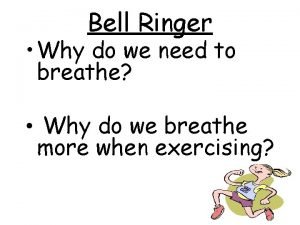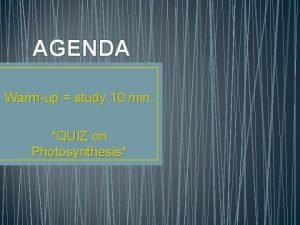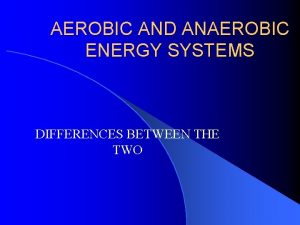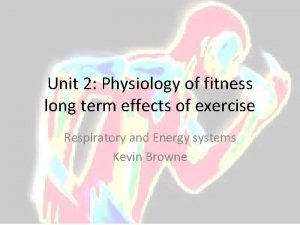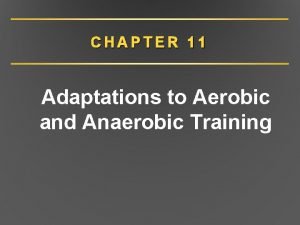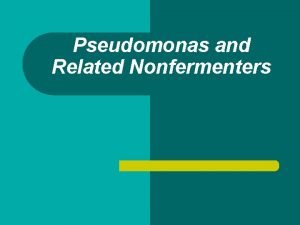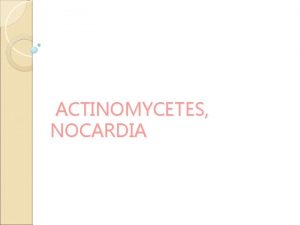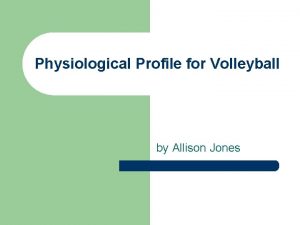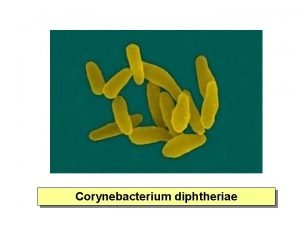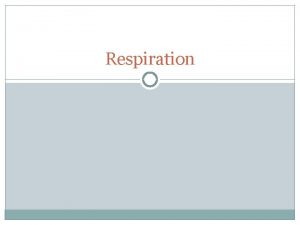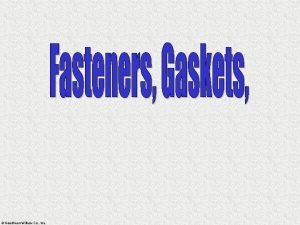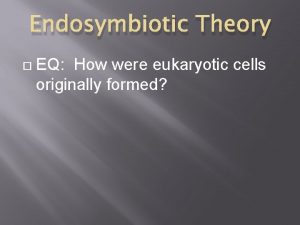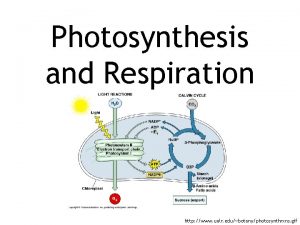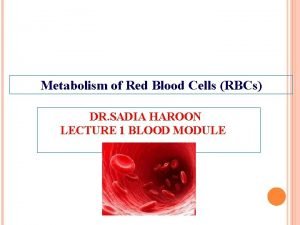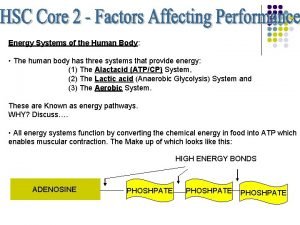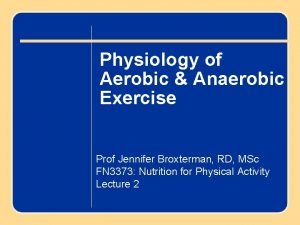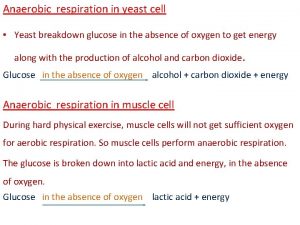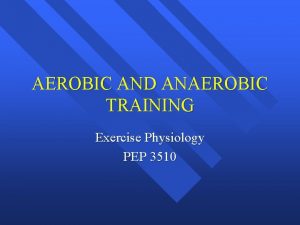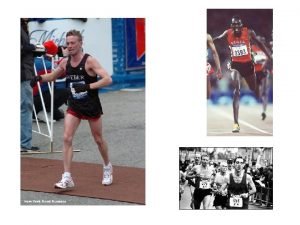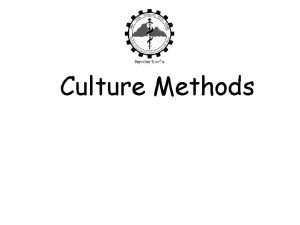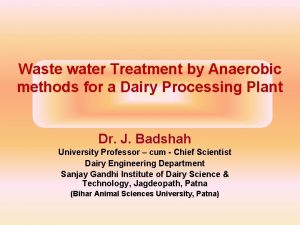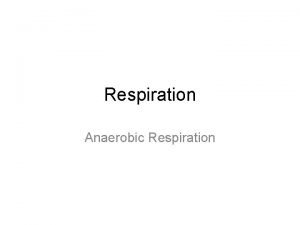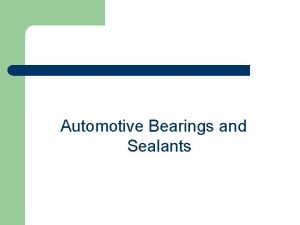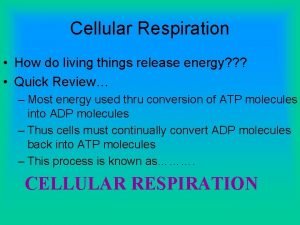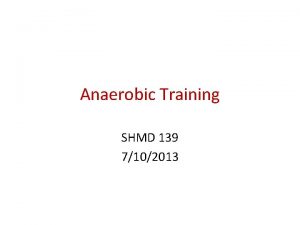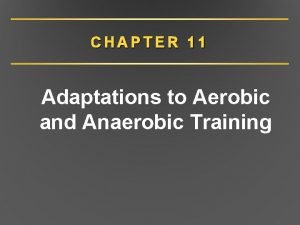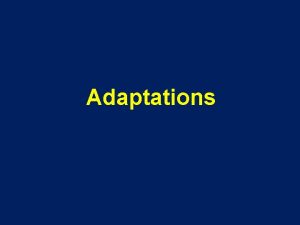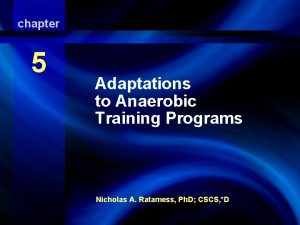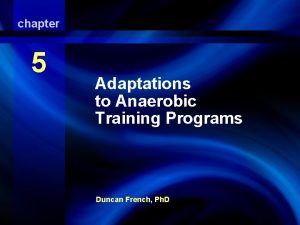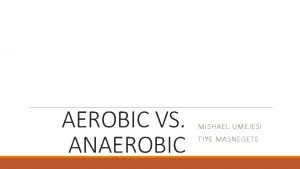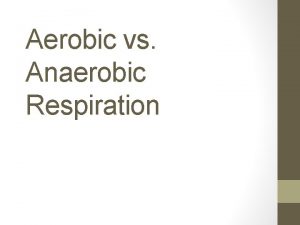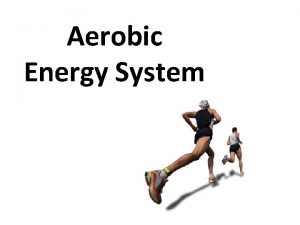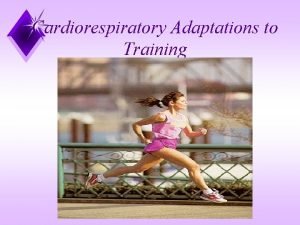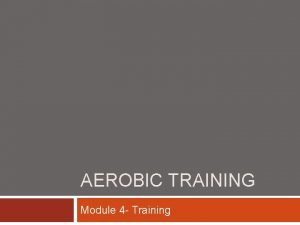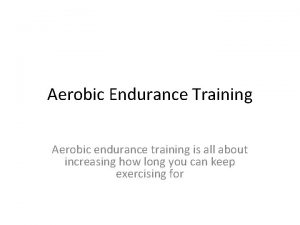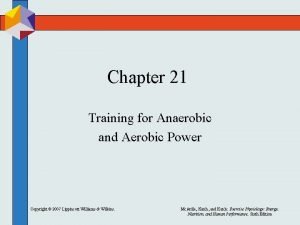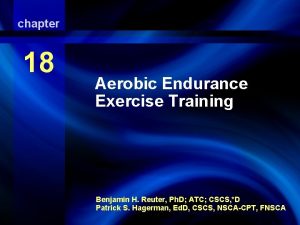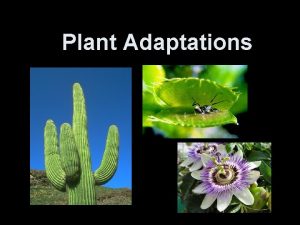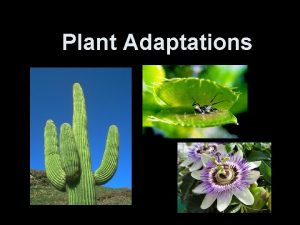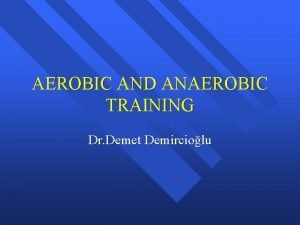CHAPTER 11 Adaptations to Aerobic and Anaerobic Training

CHAPTER 11 Adaptations to Aerobic and Anaerobic Training

Adaptations to Aerobic Training: Cardiorespiratory Endurance • Cardiorespiratory endurance – Ability to sustain prolonged, dynamic exercise – Improvements achieved through multisystem adaptations (cardiovascular, respiratory, muscle, metabolic) • Endurance training – Maximal endurance capacity = VO 2 max – Submaximal endurance capacity • Lower HR at same submaximal exercise intensity • More related to competitive endurance performance

Figure 11. 1

Adaptations to Aerobic Training: Major Cardiovascular Changes • Heart size • Stroke volume • Heart rate • Cardiac output • Blood flow • Blood pressure • Blood volume

Adaptations to Aerobic Training: Cardiovascular • O 2 transport system and Fick equation – VO 2 = SV x HR x (a-v)O 2 difference – VO 2 max = max SV x max HR x max (a-v)O 2 difference • Heart size – With training, heart mass and LV volume – Target pulse rate (TPR) cardiac hypertrophy SV – Plasma volume LV volume EDV SV – Volume loading effect

Adaptations to Aerobic Training: Cardiovascular • SV after training – Resting, submaximal, and maximal – Plasma volume with training EDV preload – Resting and submaximal HR with training filling time EDV – LV mass with training force of contraction – Attenuated TPR with training afterload • SV adaptations to training with age

Figure 11. 3

Table 11. 1

Adaptations to Aerobic Training: Cardiovascular • Resting HR – Markedly (~1 beat/min per week of training) – Parasympathetic, sympathetic activity in heart • Submaximal HR – HR for same given absolute intensity – More noticeable at higher submaximal intensities • Maximal HR – No significant change with training – With age

Figure 11. 4

Adaptations to Aerobic Training: Cardiovascular • HR-SV interactions – Does HR SV? Does SV HR? – HR, SV interact to optimize cardiac output • HR recovery – Faster recovery with training – Indirect index of cardiorespiratory fitness • Cardiac output (Q) – Training creates little to no change at rest, submaximal exercise – Maximal Q considerably (due to SV)

Figure 11. 5

Figure 11. 6

Adaptations to Aerobic Training: Cardiovascular • Blood flow to active muscle • Capillarization, capillary recruitment – Capillary: fiber ratio – Total cross-sectional area for capillary exchange • Blood flow to inactive regions • Total blood volume – Prevents any decrease in venous return as a result of more blood in capillaries

Adaptations to Aerobic Training: Cardiovascular • Blood pressure – BP at given submaximal intensity – Systolic BP, diastolic BP at maximal intensity • Blood volume: total volume rapidly – Plasma volume via plasma proteins, water and Na+ retention (all in first 2 weeks) – Red blood cell volume (though hematocrit may ) – Plasma viscosity

Cardiovascular Adaptations to Chronic Endurance Exercise

Adaptations to Aerobic Training: Respiratory • Pulmonary ventilation – At given submaximal intensity – At maximal intensity due to tidal volume and respiratory frequency • Pulmonary diffusion – Unchanged during rest and at submaximal intensity – At maximal intensity due to lung perfusion • Arterial-venous O 2 difference – Due to O 2 extraction and active muscle blood flow – O 2 extraction due to oxidative capacity

Adaptations to Aerobic Training: Muscle • Fiber type – Size and number of type I fibers (type II type I) – Type IIx may perform more like type IIa • Capillary supply – Number of capillaries supplying each fiber – May be key factor in VO 2 max • Myoglobin – Myoglobin content by 75 to 80% – Supports oxidative capacity in muscle

Adaptations to Aerobic Training: Muscle • Mitochondrial function – Size and number – Magnitude of change depends on training volume • Oxidative enzymes (SDH, citrate synthase) – Activity with training – Continue to increase even after VO 2 max plateaus – Enhanced glycogen sparing

Adaptations to Aerobic Training: Muscle • High-intensity interval training (HIT): timeefficient way to induce many adaptations normally associated with endurance training • Mitochondrial enzyme cytochrome oxidase (COX) same after HIT versus traditional moderate-intensity endurance training

Adaptations to Aerobic Training: Metabolic • Lactate threshold – To higher percent of VO 2 max – Lactate production, lactate clearance – Allows higher intensity without lactate accumulation • Respiratory exchange ratio (RER) – At both absolute and relative submaximal intensities – Dependent on fat, dependent on glucose

Figure 11. 10

Adaptations to Aerobic Training: Metabolic • Resting and submaximal VO 2 – Resting VO 2 unchanged with training – Submaximal VO 2 unchanged or slightly with training • Maximal VO 2 (VO 2 max) – Best indicator of cardiorespiratory fitness – Substantially with training (15 -20%) – Due to cardiac output and capillary density

Table 11. 3

Table 11. 3 (continued)

Adaptations to Aerobic Training: Metabolic • Long-term improvement – Highest possible VO 2 max achieved after 12 to 18 months – Performance continues to after VO 2 max plateaus because lactate threshold continues to with training • Individual responses dictated by – Training status and pretraining VO 2 max – Heredity

Adaptations to Aerobic Training: Metabolic • Training status and pretraining VO 2 max – Relative improvement depends on fitness – The more sedentary the individual, the greater the – The more fit the individual, the smaller the • Heredity – Finite VO 2 max range determined by genetics, training alters VO 2 max within that range – Identical twin’s VO 2 max more similar than fraternal’s – Accounts for 25 to 50% of variance in VO 2 max

Adaptations to Aerobic Training: Metabolic • Sex – Untrained female VO 2 max < untrained male VO 2 max – Trained female VO 2 max closer to male VO 2 max • High versus low responders – Genetically determined variation in VO 2 max for same training stimulus and compliance – Accounts for tremendous variation in training outcomes for given training conditions

Adaptations to Aerobic Training: Fatigue Across Sports • Endurance training critical for endurancebased events • Endurance training important for nonendurance-based sports, too • All athletes benefit from maximizing cardiorespiratory endurance

Adaptations to Anaerobic Training • Changes in anaerobic power and capacity – Wingate anaerobic test closest to gold standard for anaerobic power test – Anaerobic power and capacity with training • Adaptations in muscle – In type IIa, IIx cross-sectional area – In type I cross-sectional area (lesser extent) – Percent of type I fibers, percent of type II

Adaptations to Anaerobic Training • ATP-PCr system – Little enzymatic change with training – ATP-PCr system-specific training strength • Glycolytic system – In key glycolytic enzyme activity with training (phosphorylase, PFK, LDH, hexokinase) – However, performance gains from in strength

Specificity of Training and Cross-Training • Specificity of training – VO 2 max substantially higher in athlete’s sport-specific activity – Likely due to individual muscle group adaptations • Cross-training – Training different fitness components at once or training for more than one sport at once – Strength benefits blunted by endurance training – Endurance benefits not blunted by strength training
- Slides: 32
